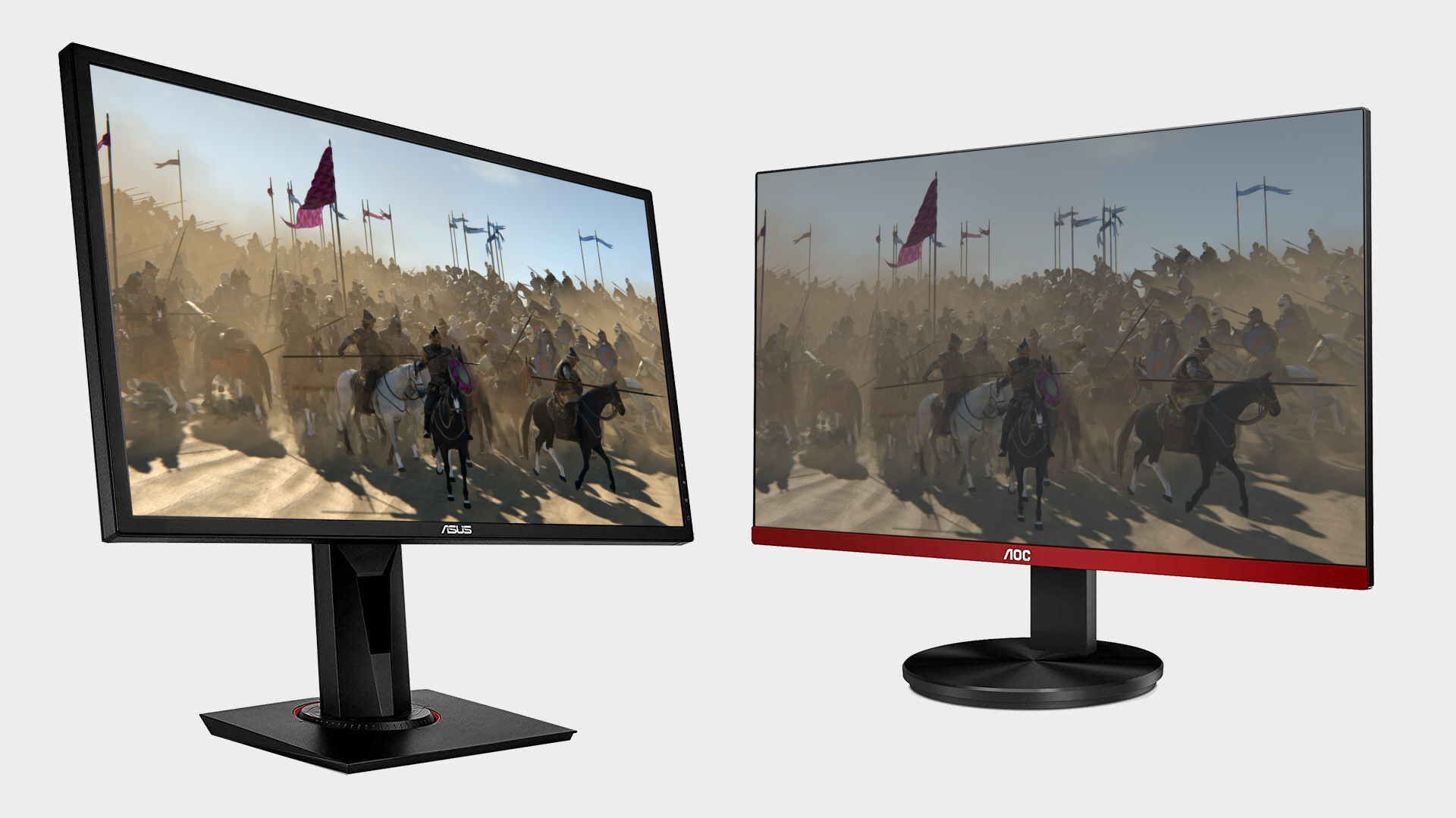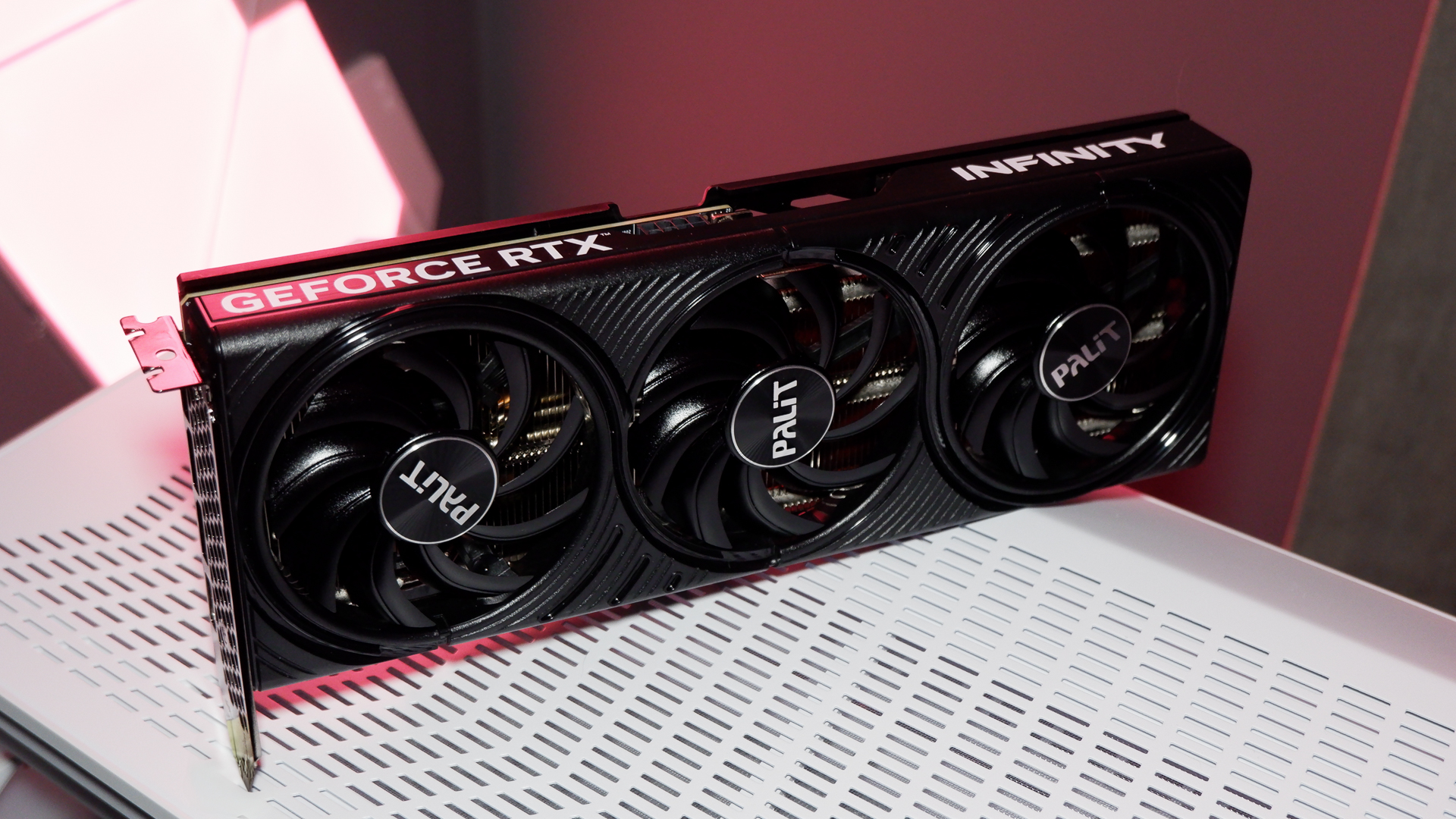Why you shouldn't expect Apple's new uber-bright 1000-nit 'Tandem' OLED screen tech to hit the PC any time soon
1,000 nits sustained full screen sounds incredible, but it's actually pretty pointless for the PC.

Apple has rolled out its latest iPad Pro and apart from the new M4 chip, which is pretty interesting in its own right, the highlight is undoubtedly its new dual-layer OLED display, known in Apple parlance as Tandem OLED. Capable of 1,000 nits sustained full-screen brightness and 1,600 nits peak HDR, it blows away any OLED PC monitor for sheer brightness. Even the best current OLED large-format desktop panels top out at about 250 nits full screen.
So, the immediate question is whether Apple's dual-layer OLED tech could make the transition to desktop or even laptop PCs. But that seems unlikely. The main reasons are cost and complexity.
For starters, the Tandem OLED panel uses two OLED panels stacked atop one another. Current PC OLED monitors are expensive enough with just one. The cost of two panels in one monitor doesn't bear thinking about. And that's before you consider the complexity of manufacturing such a display. The two panels will need to be very closely aligned to ensure sharp image quality.
Then there's the problem of driving two panels in parallel. Very precise control over image update and timing is required. Indeed, Apple's new M4 chip has a brand new dedicated display controller block designed to do just that. That timing and synchronisation challenge is only going to be more tricky in a premium desktop PC context where you might expect a refresh rate of 240 Hz or more.
Imagine trying to update two panels in perfect synchronicity 240 or more times in one second. Get it even infinitesimally wrong and you're going to have all kinds of response and image blurring issues. So, it's likely that any dual-layer OLED monitor would need an expensive bespoke control chip to drive the panels.
What's more, it's also worth considering whether the achievement of 1,000 nits full-screen for a PC monitor even makes sense. A device like an iPad needs to work well in a much broader range of settings and scenarios than a desktop monitor or arguably even a laptop screen.
Critically for the iPad, that includes outdoors, where seriously high brightness is required to offset the glare of broad daylight. Indoors, a full-screen capability of 400 nits is probably plenty, any more would be uncomfortable. Yes, you want more than 400 nits for a proper HDR experience. But not sustained brightness across the whole screen. Nobody wants a 30-inch-plus panel hammering their retinas with 1,000 nits of sustained full-screen sizzle.
The biggest gaming news, reviews and hardware deals
Keep up to date with the most important stories and the best deals, as picked by the PC Gamer team.
Moreover, existing large-format single-panel OLED screens can already achieve 1,000 nits or more in small windows. So, for those critical HDR highlights, OLEDs like our current fave, the Asus ROG Swift OLED PG32UCDM, get the job done very nicely.
Likewise, in a normal indoor setting, the return in terms of perceived brightness doesn't scale linearly with the nit rating. A screen with double the nit rating doesn't subjectively look twice as bright, more like 25%.

Best gaming monitor: Pixel-perfect panels for your PC.
Best high refresh rate monitor: Screaming quick.
Best 4K monitor for gaming: When only high-res will do.
Best 4K TV for gaming: Big-screen 4K gaming.
So, that would all amount to adding a huge amount of cost to increase brightness to levels that hardly anyone wants and represent diminishing returns in a typical desktop context.
The reality is that the latest desktop OLED panels are pretty decent for full-screen brightness. Sure, to be perfect you'd probably want another 100 to 150 nits full-screen punch. But the huge cost and complexity of a dual-layer panel almost certainly isn't the right solution. Instead, a little more iteration on existing single-panel tech will probably get us there while reducing costs instead of adding to them.
In the end, Apple's Tandem OLED tech is a solution to a very particular problem. No doubt it looks stunning. But as tempting as it is to desire the same technology for the PC, it just doesn't make sense.

Jeremy has been writing about technology and PCs since the 90nm Netburst era (Google it!) and enjoys nothing more than a serious dissertation on the finer points of monitor input lag and overshoot followed by a forensic examination of advanced lithography. Or maybe he just likes machines that go “ping!” He also has a thing for tennis and cars.

